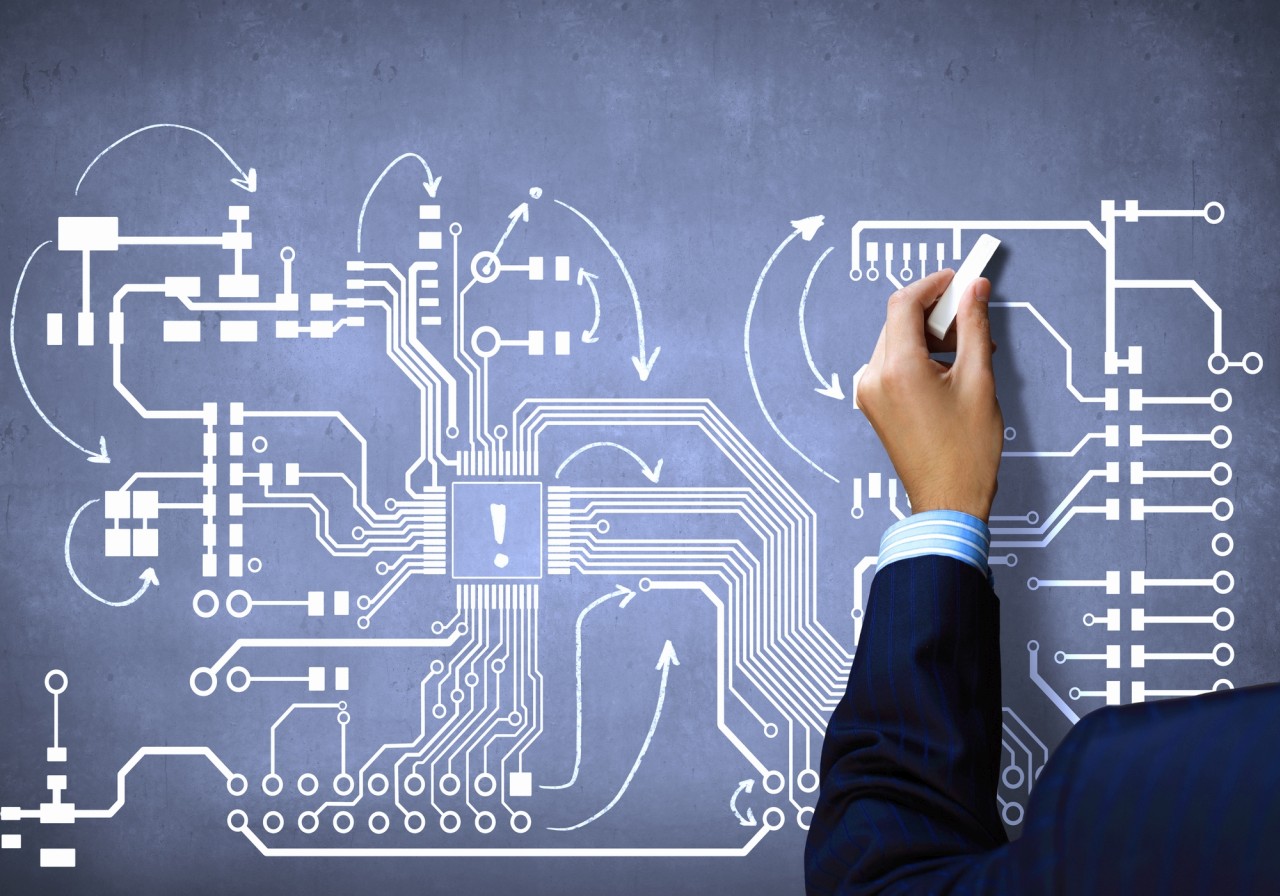Improving Industrial Electrical Design for High-Demand Operations
Improving Industrial Electrical Design for High-Demand Operations
Blog Article
Ingenious Electrical Design Services for Modern Infrastructure
As urban environments grow progressively complex, including technologies such as wise grids and renewable power sources ends up being vital. These improvements not only guarantee to enhance energy usage but additionally foster resilience against future needs.
Significance of Innovative Electric Design
Cutting-edge electrical design plays a critical duty in modern facilities, affecting not only efficiency but likewise sustainability. As cities progress and the demand for energy boosts, the demand for sophisticated electric systems comes to be critical. These systems need to not just meet existing demands yet additionally prepare for future growth and technological advancements.
A well-executed electrical design can substantially reduce energy intake, thereby decreasing functional expenses and decreasing ecological effect. By including renewable resource resources, such as solar panels and wind turbines, cutting-edge styles can improve energy freedom and resilience. Wise grid modern technologies enable for real-time monitoring and monitoring of power circulation, enhancing efficiency and decreasing waste.
Security is another critical element of electrical design. Carrying out innovative technologies and strenuous criteria can minimize dangers connected with electrical failures, making certain a safe environment for residents and businesses alike. Furthermore, innovative designs help with versatility, allowing infrastructures to incorporate emerging innovations flawlessly.
Key Patterns in Electric Design
As the landscape of electric design proceeds to advance, several crucial trends are shaping the future of the industry. One considerable pattern is the assimilation of clever innovation right into electric systems. The expansion of the Web of Points (IoT) has allowed real-time monitoring and control of electric devices, boosting effectiveness and promoting predictive maintenance.
Another fad is the growing emphasis on modular design. This technique enables flexible and scalable solutions, enabling framework to adapt to altering needs without extensive improvements. Additionally, the use of innovative simulation tools and Building Details Modeling (BIM) is coming to be increasingly widespread, enhancing the design procedure and enhancing cooperation amongst stakeholders.
Additionally, advancements in products scientific research are causing the development of lighter, much more resilient, and energy-efficient parts. This innovation is specifically vital for high-performance structures and facilities jobs.
Finally, there is a significant shift in the direction of data-driven decision-making - electrical load calculation. Leveraging data analytics aids designers optimize systems for efficiency and cost-effectiveness. Together, these patterns symbolize a transformative era in electric design, improving performance, sustainability, and durability in modern-day infrastructure
Lasting Power Solutions
Sustainable power solutions are increasingly coming to be a critical focus in electrical design, mirroring a more comprehensive dedication to ecological responsibility and source performance. These services aim to minimize environmental influence while enhancing power intake in various infrastructures, from property structures to huge business facilities.
Among the leading techniques involves the combination of sustainable power sources, such as photovoltaic panels and wind turbines, right into electric systems. This not only reduces dependency on fossil gas yet also boosts power strength. Furthermore, ingenious power storage systems, such as advanced batteries, make it possible for reliable management and circulation of power, guaranteeing that surplus energy produced during top manufacturing can be utilized during high need durations.
In addition, energy-efficient design methods are being embraced to enhance overall system efficiency. This includes making use of energy-efficient illumination, a/c systems, and clever building technologies that keep track of and adapt energy use based on occupancy and environmental conditions.
Smart Grid Technologies
The application of lasting power remedies naturally results in the exploration of clever grid technologies, which play a critical duty in modernizing electric systems. Smart grids leverage progressed communication innovations and information analytics to enhance the dependability, effectiveness, and sustainability of electrical power circulation. By incorporating digital modern technology with standard grid facilities, these systems facilitate real-time monitoring, automated control, and boosted decision-making capabilities.
Among the essential features of wise grids is their ability to suit renewable resource resources, such as solar and wind power. This adaptability not only reduces reliance on nonrenewable fuel sources yet also allows for an extra decentralized power production model. Clever grids allow demand response programs, where customers can change their power usage based on real-time pricing, thereby promoting energy conservation and decreasing peak load demands.
Furthermore, wise grid technologies improve grid durability by making it possible for quicker identification and resolution of interruptions, eventually minimizing downtime. With anticipating maintenance and analytics, energies can improve and optimize operations solution delivery. As cities and areas remain to develop, wise grid technologies are important for building a lasting and efficient electric infrastructure click now that meets the needs of modern society.

Future-Proofing Infrastructure
To ensure long-lasting viability and flexibility, future-proofing infrastructure is crucial in the quickly developing landscape of electric design services. As innovation advancements and energy needs change, it is critical that electric systems are designed with flexibility in mind. This requires incorporating scalable options that can suit future upgrades important site without demanding substantial overhauls.

Furthermore, sustainability must be a keystone of future-proofed layouts. Making use of renewable resource sources, such as solar and wind, and enhancing energy performance minimize dependency on fossil gas, aligning with global efforts to battle climate modification.
Conclusion
By prioritizing sustainability, adaptability, and effectiveness, these services deal with the developing demands of power systems. The combination of smart grid modern technologies and sustainable energy solutions boosts resilience and reduces functional expenses.
A well-executed electric design can substantially lower power usage, thereby reducing operational prices and lessening environmental impact. By incorporating eco-friendly power sources, such as solar panels and wind turbines, go to my site ingenious designs can boost power independence and strength. Additionally, ingenious power storage systems, such as innovative batteries, enable reliable administration and circulation of power, ensuring that surplus power created during peak manufacturing can be made use of during high need periods.
Wise grids make it possible for need feedback programs, where consumers can readjust their power use based on real-time prices, therefore advertising energy preservation and reducing peak lots demands. (industrial electrical design)
As technology advancements and power needs change, it is essential that electrical systems are developed with versatility in mind.
Report this page